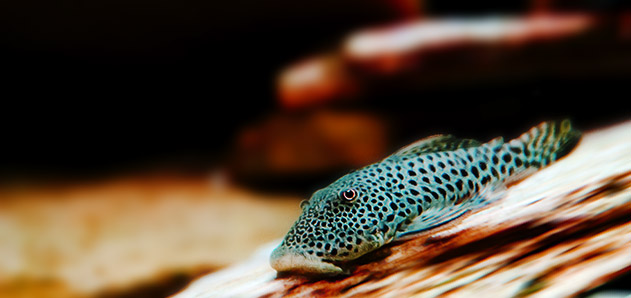Routine water changes are the most basic, most necessary, and most overlooked acts of tank maintenance. Most aquarists know they should do water changes, but not everyone does or even knows how to do it the right way. How much and how often are highly debated topics among aquarists no matter what kind of tanks they keep.
Why should we do water changes?
Removing water from the aquarium and replacing it with new, “clean” water removes waste and organics that are dissolved in the water. It also helps to remove any chemical treatments or medications when the treatment is complete. Dissolved organics contribute to Nitrate and Phosphate build-up that aquarists try so hard to control. These compounds can affect the health of your livestock directly and can promote algae and cyanobacteria growth, making your tank unsightly. Changing the water also helps to replenish minerals and other trace elements. This can be especially important in tanks with corals and crustaceans (crabs and shrimp, both freshwater and saltwater) that use these minerals to form their skeleton or exoskeleton. Corals and other saltwater invertebrates can use up minerals fairly quickly in a closed environment, and replacing old, depleted water with fresh saltwater adds these minerals back into the tank. Read More »
 That Fish Blog – Aquarium Advice and Information
That Fish Blog – Aquarium Advice and Information




